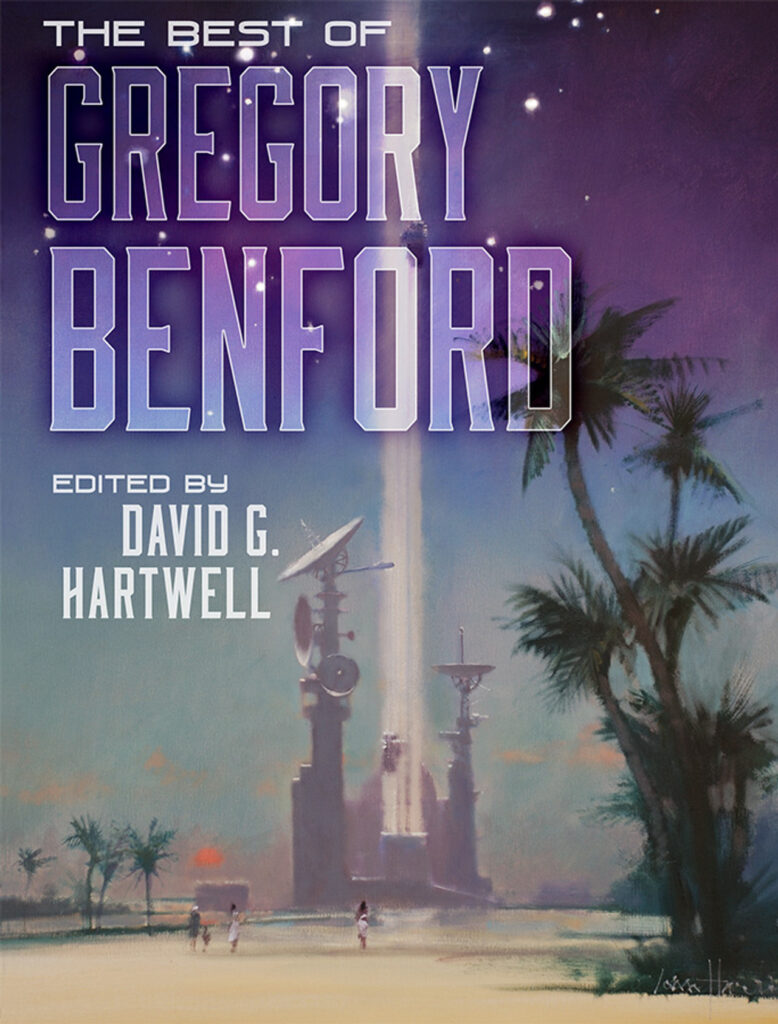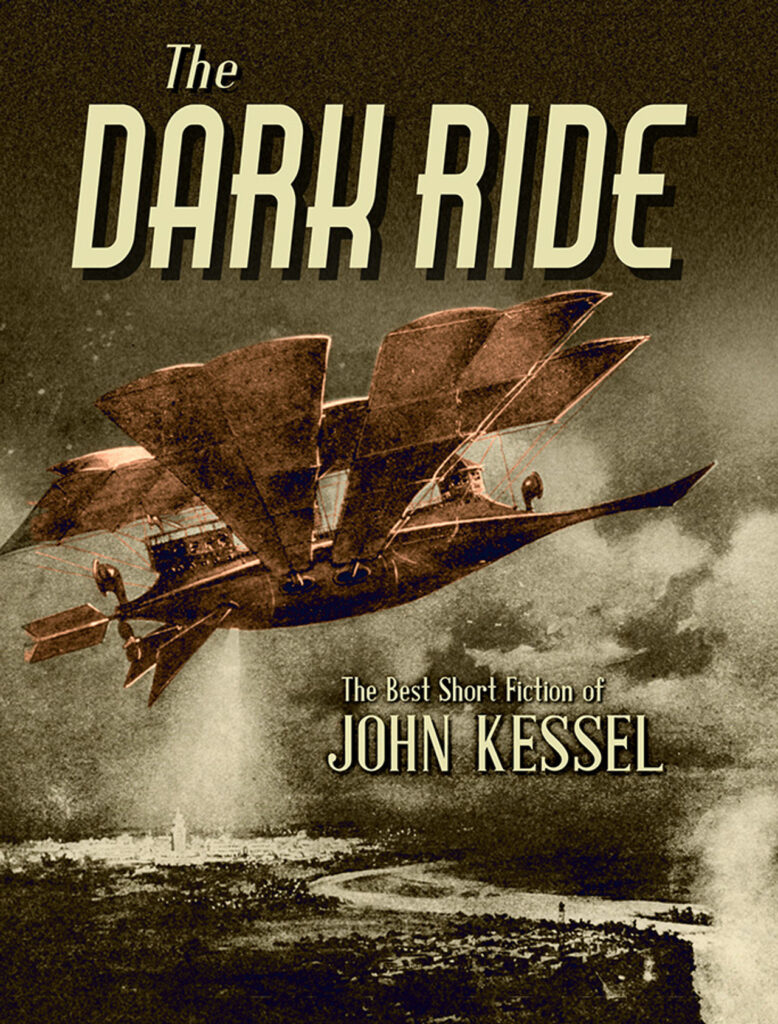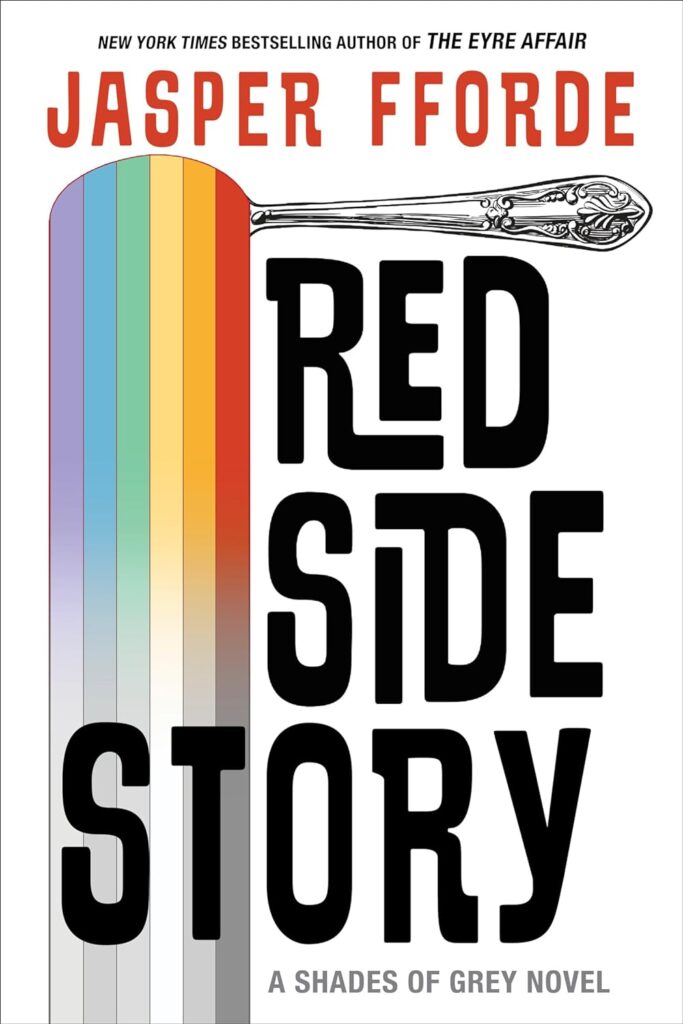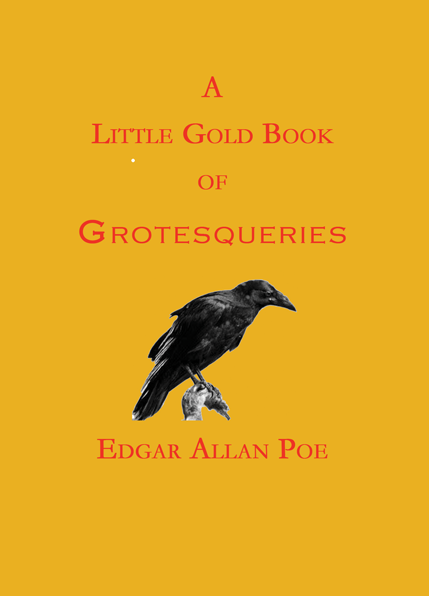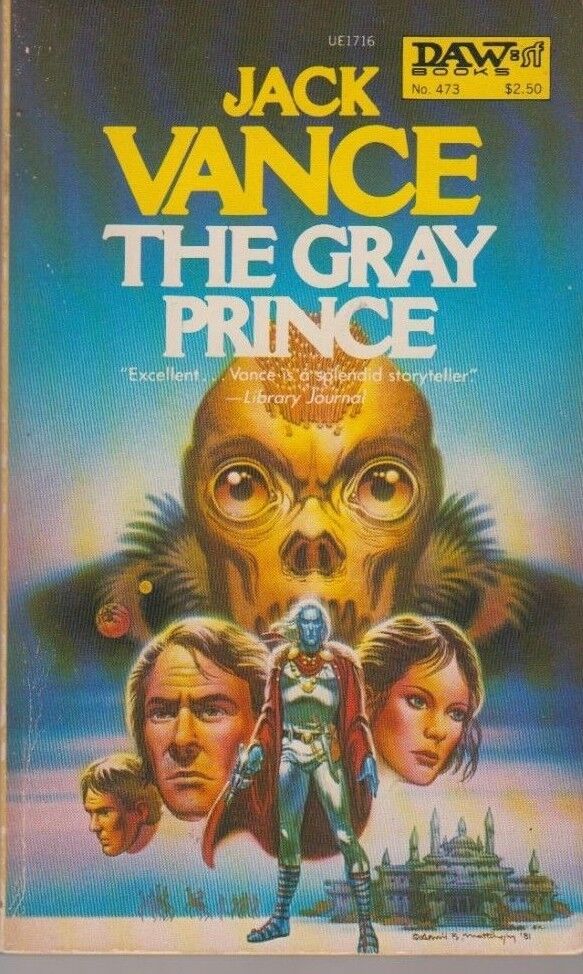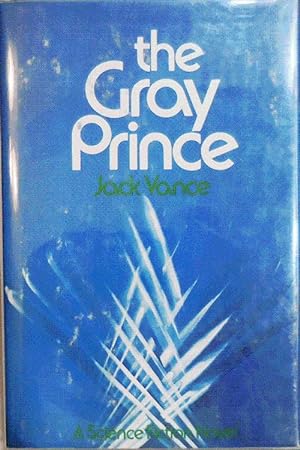The Magic Wagon, Joe R. Lansdale, Subterranean Press 2001.
Originally published by Doubleday as a hardcover in 1986, then as a mass-market paperback in 1988 at the same time as the UK edition appeared, this is one of Joe. R. Lansdale’s earliest novels. The novel was re-issued as a signed edition hardcover and trade paperback by Subterranean Press in 2001. Another limited edition (500 copies) was published by BookVoice Publishing in 2018. The original is hard to find and expensive. I read a lot of Westerns in my teen years, mostly Zane Grey and Louis L’Amour, and although this book might have been marketed as a Western, it’s only tangentially such.

The copy that I recently acquired was the signed edition from Subterranean Press. It’s a slim volume, just over 150 pages. I’ve read a fair amount of Lansdale’s books and stories, though I’m by no means a collector, since I don’t specifically look for his books, but buy them if I come across them in stores. It will be interesting to see his style from 1986, although I first came across his books in 1991, when I read Savage Season and Cold in July (the latter having been published a few years prior). [Note: Lansdale style has not changed much over the years; the same voice from The Magic Wagon tends to appear in most of his fiction.]
F. Paul Wilson, Panacea, 2016, Gauntlet Press. I already have the Tor edition of this book, but when an opportunity arose to pick up the signed limited edition for $10, I thought, “Why not?” This is one of 500 copies, and comes with an afterword by Thomas Monteleone. Not sure if I’ll be able to find the other two novels in the ICE trilogy at the same price,

F. Paul Wilson, The Compendium of F, Volume 3, Borderlands Press, 2021. Limited to 350 copies, of which this is number 122. I already have Wilson’s short three story collections: Soft and Others (1989), The Barrens and Others (1998), and Aftershock and Others (2009). In the last book, Wilson writes that this is his last original collection, as he was giving up short stories to focus solely on novels. So, after 2005, no more stories. Still, never say never…
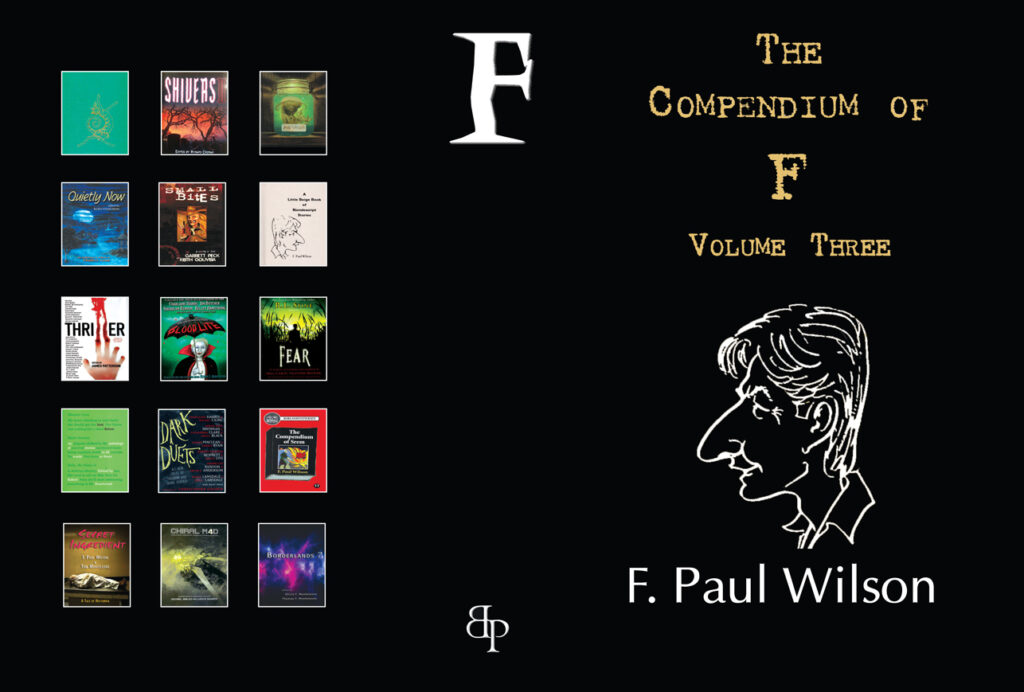
Starting in 2021, Borderlands Press gathered all of Wilson’s short fiction into three limited and lettered edition volumes, each entitled The Compendium of F (a play on “F” as riff on the first initial in his byline and the fictional Compendium of Srem in his Repairman Jack novels). Copies occasionally pop up for sale on the used market, usually far beyond the original cover price. Recently, I lost out on two auctions for the third volume, as I have a hard ceiling when it comes to bidding on any book. Then, for around the same price as my bid ceiling, I bought a copy listed online elsewhere; I probably won’t have the same luck with the first and second volumes.
Volume 3 collects stories from 2000 onward, so the ones in Aftershock published prior to 2000 appear in an earlier volume. Did Wilson keep his word when he wrote in Aftershock that there would be no more stories? No, and for that fans of Wilson’s fiction are thankful. There are around dozen new stories in this book. I’m not sure why the third volume showed up for sale at far cheaper prices than the first two, with all these new stories. Maybe there are stories in the earlier volumes that weren’t collected in Soft and Others and The Barrens and Others? Regardless, I’m glad to have finally acquired a copy of this volume, so I can read Wilson’s most recent stories.
Damon Knight, editor, The Golden Road, Simon & Schuster, 1974. Another impulse purchase. Bought for $5 (plus shipping & tax), this anthology from a few decades ago collects 19 short stories from some of the major names in science fiction at that time. SF books in even semi-decent conditions from back then isn’t easy to find in my local used book stories, and as I like several of the writers in this anthology, for that price it was almost a no-brainer.

The book as such does have a few flaws: the spine leans slightly, there’s spotting on the pages, and an inch-long tear on the table of contents page. Looking back at the authors in the 19 stories collected in this book, 13 names are known to me, while six are unknowns. Four of the names that I know hark from a long time ago, while the rest are more recent. There are stories from Arthur Machen and Mark Twain, as well Larry Niven and Ursula K. Le Guin. At least one of those “unknown” writers was a big name in fantasy fiction around the same time as Machen and Twain, but is mostly forgotten today. All the stories fall under the rubric of fantasy, more so than science fiction. Probably not a collectible book, per se, but likely some great reading in those pages.
